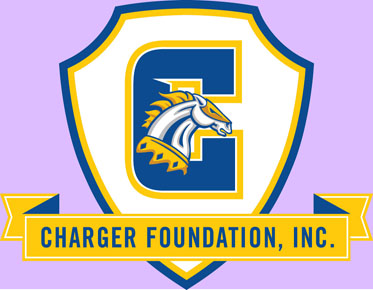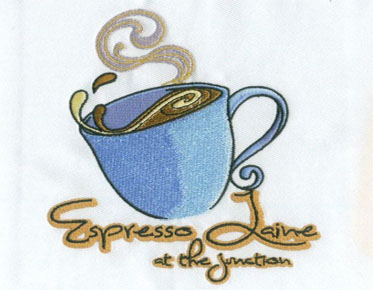What are the benefits of converting raster to vector?
Vector designs are an excellent way to incorporate graphics and communicate ideas in an understandable format. Whether you’re an interior designer, advertising agency, or fashion designer, vector designs can help you promote your business to unimaginable heights.
Raster images are widely used by people all over the world. You may have seen them on websites or when sharing your latest vacation photos with friends. Grids are not always ideal, which is why many people prefer to convert them to vectors. Depending on your level of conversion experience, this can be a simple or difficult process.
Vector graphics can be scaled indefinitely, making them ideal for Web graphics or logos because they do not degrade in quality when scaled up or to larger sizes. Vector designers can use these to create logos and other marketing materials for your business or company, such as flyers, billboards, posters, car packaging, etc.
Advantages of vectors over raster:
Vector images are widely used in design, engineering, and other industries that use CAD software. Why is that? Unlike raster images, vectors are not made up of pixels. Instead, they use mathematical coordinates and are composed of paths, allowing users to benefit from unlimited extensibility. This means that no matter how you change it, your vector image will retain its shape, sharpness, and quality. DWG, DXF, PDF, and AI are examples of common file formats.
On
the other hand, vector design is not limited to graphics; It can be used in a
variety of industries. For example, interior design projects often use vector
graphics when designing the layout of an office space or a home improvement
project. Graphic designers often use vector art when creating newsletters or
presentations; Even fashion houses are starting to incorporate Vector designs
into their collections.
If you've ever tried to resize a photo, you've probably run into a number of issues, not the least of which is image quality. This is because the grid is made up of pixels. Vectors are resolution-independent, and rasters are resolution-independent. For example, when using a logo design, setting it to a vector format lets you use it in a variety of contexts and sizes. Vectors also have the advantage of being easier to edit.
If you want to convert raster to vector for CAD software or collaboration, you need to think carefully about the vector file format you want to use. DWG and DXF are the most commonly used file formats. If you are using software such as AutoCAD or working with someone who uses AutoCAD, DWG is the way to go. In contrast, DXF is preferred if you don't know what software people are using. It is a general gold standard CAD format.
Vector
design can be used to make an impact in almost any industry. Your name: Health
Care, Education, Fashion, Entertainment and Travel. As technology advances,
vector graphics become more popular than ever. They are a great way for businesses
to market their products or services at low cost. Not only that, they can
change the perception of your company or organization by making it look
professional and high-end.


